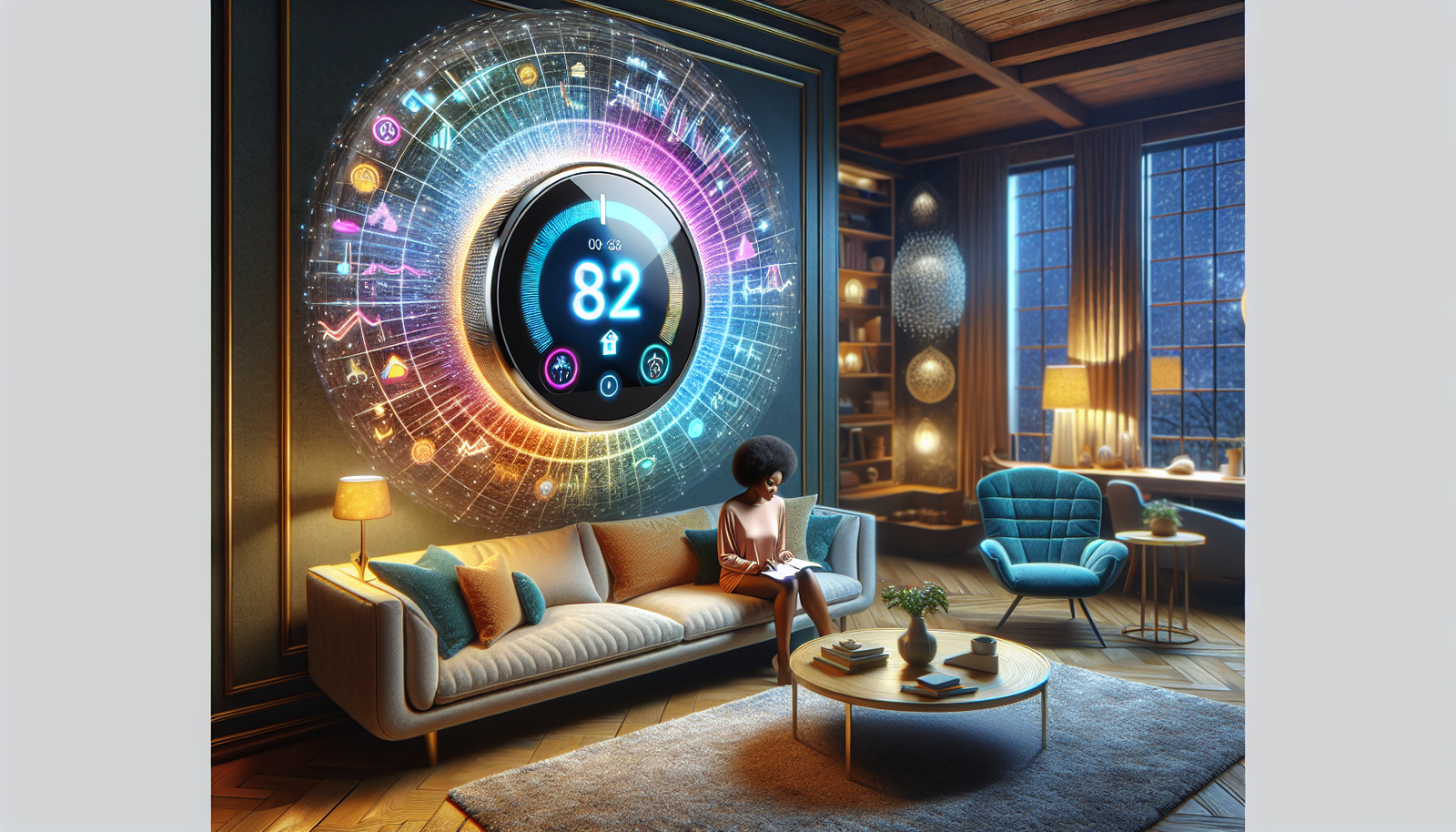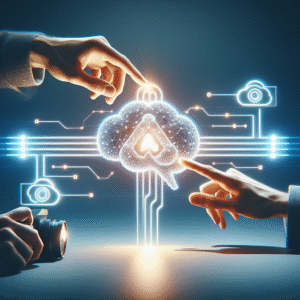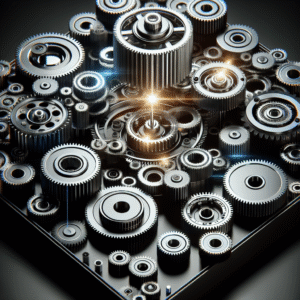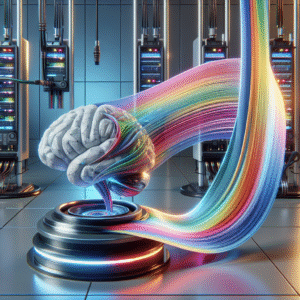What if the everyday objects in our lives could communicate with each other and make our lives easier? This concept isn’t just a figment of our imagination; it’s a reality created by the Internet of Things (IoT). I find it fascinating how IoT has transformed various sectors, from healthcare to agriculture. Let me share my insights on these innovations and how they affect our daily lives.
Understanding the Internet of Things (IoT)
In simple terms, the Internet of Things refers to the network of interconnected devices that can collect and exchange data over the internet. I often think of it like a digital web connecting machines, devices, and systems, enabling them to communicate and provide insights that can improve efficiency and decision-making.
The Core Components of IoT
When I think about IoT, I realize there are several core components that make it work. These components include:
| Component | Description |
|---|---|
| Devices/Sensors | Physical objects equipped with sensors to collect data from the environment. |
| Connectivity | Enables devices to send and receive data over the internet or local networks. |
| Data Processing | Analyzing data collected from devices, often using cloud computing to handle large volumes of information. |
| User Interface | The platform through which I interact with my connected devices, such as mobile apps or web dashboards. |
By understanding these components, I can appreciate how they come together to create a seamless IoT experience.
IoT in Everyday Life
As I reflect on my day-to-day activities, I notice that IoT has woven itself into many aspects of my life, often without me realizing it. From smart homes to wearable technology, the reach of IoT is vast and impactful.
Smart Homes: Making Life Comfortable
I can’t help but feel amazed by how smart home devices have enhanced my living experience. With the ability to control lighting, heating, and security systems from my smartphone, I enjoy both convenience and peace of mind.
- Smart Thermostats: I often adjust the temperature in my home using a smart thermostat, which learns my preferences and optimizes energy usage.
- Smart Lighting: With smart bulbs, I can create mood lighting for different occasions or automate lighting schedules.
- Home Security Systems: IoT-enabled security cameras allow me to monitor my home remotely, providing reassurance when I’m away.
Wearable Technology: Health at My Fingertips
The era of wearable technology is genuinely remarkable, especially in the health and fitness domain. I’ve seen how fitness trackers and smartwatches can monitor my activity levels, heart rate, and even sleep patterns.
Benefits of Wearables
| Benefit | Description |
|---|---|
| Health Monitoring | Continuous tracking of vital signs and physical activities. |
| Fitness Tracking | Encouragement to meet fitness goals through personalized feedback. |
| Emergency Alerts | Immediate notifications for irregular health metrics or falls. |
By having this information readily available, I feel empowered to make informed decisions about my health and fitness.
Innovations in Various Industries
IoT is not just about enhancing individual lifestyles; it significantly impacts various industries. I find it truly fascinating how different sectors are leveraging IoT to create innovations that improve efficiency and functionality.
Healthcare: Revolutionizing Patient Care
As I look into the healthcare sector, it becomes clear that IoT has enabled innovative solutions that can save lives. Medical devices connected to the internet constantly monitor patients, allowing healthcare providers to act promptly.
Key Innovations
| Innovation | Description |
|---|---|
| Remote Patient Monitoring | Devices that track vital signs and send data to healthcare professionals in real time. |
| Telemedicine | Virtual consultations made seamless through connected devices, enhancing access to care. |
| Smart Pill Bottles | Bottles that remind patients to take their medication at scheduled times. |
With these innovations, I see a future where healthcare is more proactive and patient-centered.
Agriculture: Smart Farming Techniques
The agricultural industry is also experiencing a transformation thanks to IoT. I often hear about ‘smart farming’ techniques that employ sensors and data analytics to boost yields and sustainability.
Benefits of Smart Farming
| Benefit | Description |
|---|---|
| Crop Monitoring | Sensors track soil moisture levels and crop health, allowing for precision farming. |
| Automated Irrigation | Systems that adjust water usage according to real-time weather data, saving resources. |
| Livestock Management | Wearable technology for animals that monitors their health and location. |
For farmers, these innovations mean better resource management and increased profitability, which is crucial in today’s world.
Transportation: Enhancing Mobility
Transportation is another area where IoT is making a significant impact. I find it interesting how connected vehicles and smart traffic systems are reshaping our commutes and logistics.
Innovations in Transportation
| Innovation | Description |
|---|---|
| Connected Vehicles | Vehicles that communicate with each other to improve road safety and traffic flow. |
| Fleet Management | Real-time tracking of logistics vehicles to optimize delivery routes. |
| Smart Traffic Lights | Systems that adjust traffic light timings based on real-time traffic conditions. |
As a commuter, I appreciate how these innovations make traveling more efficient and safer.
Challenges and Considerations
While the innovations driven by IoT present numerous advantages, I also recognize that there are challenges and considerations I must be aware of.
Security Concerns
As devices become interconnected, security vulnerabilities may arise. I often think about the potential risks associated with having numerous devices sharing data.
- Data Privacy: My personal information can be exposed if IoT devices are hacked.
- Vulnerable Devices: Devices without robust security protocols can become entry points for cyber attacks.
It’s essential for manufacturers and users alike to prioritize security to safeguard against these threats.
Interoperability Issues
Another challenge I’ve encountered is the lack of standardization among various IoT devices. This can create compatibility issues that hamper my experience.
- Compatibility: Devices from different manufacturers may not communicate effectively.
- Fragmentation: Different protocols can lead to a fragmented ecosystem, making it hard for users to manage their devices seamlessly.
Working towards greater interoperability would significantly enhance my experience with IoT.
The Future of IoT Innovations
Looking ahead, I can only imagine what the future holds for IoT. As technology continues to evolve, I see several trends that could shape the landscape in the coming years.
Artificial Intelligence Integration
The fusion of IoT and artificial intelligence (AI) is one area that excites me. With AI enhancing data analysis, I anticipate smarter devices that can learn from patterns and improve their functionality over time.
Growth of Smart Cities
I often think about how urban areas are increasingly adopting IoT solutions to become smart cities. This integration can lead to enhanced living conditions through improved infrastructure, waste management, and transportation systems.
Sustainable Practices
Sustainability is becoming more critical than ever, and IoT could play a vital role in this regard. By using data to optimize resource consumption, I believe that IoT can pave the way for more sustainable practices across various sectors.
Conclusion
Reflecting on the innovations driven by IoT, I feel a mix of excitement and curiosity about what lies ahead. The potential for improved efficiency, quality of life, and sustainability is enormous. While there are challenges to address, the continuous growth and evolution of IoT technologies inspire confidence in a connected future.
From smart homes to healthcare advancements, it’s clear that IoT is weaving itself into the fabric of our lives. I can’t wait to see how these innovations continue to shape our world, making it more connected, efficient, and aware. As I move through my day-to-day life, I remain eager to embrace the changes that the Internet of Things will undoubtedly bring.






